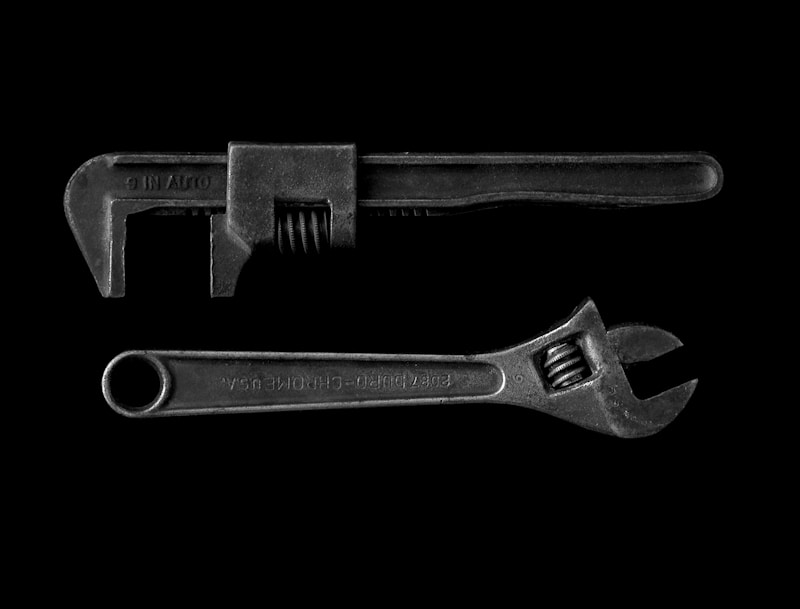20 Questions
A basic disk allows only primary and logical partitions in these partition styles.
True
Dynamic disks were originally developed for Windows NT and made available with Windows 2000.
True
Dynamic disks use VDS and LDM databases to track volumes.
True
Basic disks can easily be converted into dynamic disks without data loss.
True
Using the database, a computer can create new dynamic disks and repair corrupted ones.
True
A basic disk can hold up to 128 partitions. True or False?
False
Dynamic volumes support multi-boot. True or False?
False
To convert a dynamic disk to a basic disk, you must delete all volumes on the dynamic disk. True or False?
True
In a basic disk, an already created partition cannot be changed or modified. True or False?
True
A dynamic volume is contained within a dynamic disk and is a logical volume, similar to the logical drive in a basic disk. True or False?
True
A domain tree is a flat structure where multiple domains are linked together in a logical manner. True or False?
False
Child domains do not share a trust relationship with the parent and other sibling domains. True or False?
False
A domain controller is responsible for hosting the Active Directory Domain Services (AD DS) role and managing security policies within a domain. True or False?
True
Child domains inherit policies and settings from the parent domain. True or False?
True
Each subsequent domain added beneath the root becomes a parent domain. True or False?
False
An Additional Domain Controller (ADC) shares the same read-only copy of the directory database as the Primary Domain Controller (PDC).
False
A Read-Only Domain Controller (RODC) allows changes to be made directly on the RODC.
False
Domain controllers are responsible for managing file sharing and print services within a domain.
False
Read-Only Domain Controllers (RODC) are designed for deployment in high physical security locations with reliable network connections.
False
Additional Domain Controllers (ADCs) do not provide fault tolerance and load balancing by distributing the authentication and directory service workload across multiple servers within a domain.
False
Study Notes
Disk Partitioning
- A basic disk allows only primary and logical partitions.
- Dynamic disks were originally developed for Windows NT and made available with Windows 2000.
- Dynamic disks use VDS and LDM databases to track volumes.
- Basic disks can be easily converted into dynamic disks without data loss.
Dynamic Disks
- A computer can create new dynamic disks and repair corrupted ones using the database.
- Dynamic volumes support multi-boot.
- To convert a dynamic disk to a basic disk, all volumes on the dynamic disk must be deleted.
Basic Disks
- A basic disk can hold up to 128 partitions.
- An already created partition in a basic disk cannot be changed or modified.
Dynamic Volumes
- A dynamic volume is a logical volume within a dynamic disk, similar to a logical drive in a basic disk.
Domain Controllers and Active Directory
- A domain controller is responsible for hosting the Active Directory Domain Services (AD DS) role and managing security policies within a domain.
- Child domains inherit policies and settings from the parent domain.
- A domain tree is a hierarchical structure where multiple domains are linked together in a logical manner.
Domain Controllers
- An Additional Domain Controller (ADC) shares the same read-only copy of the directory database as the Primary Domain Controller (PDC).
- A Read-Only Domain Controller (RODC) is designed for deployment in high physical security locations with reliable network connections.
- RODCs do not allow changes to be made directly on the RODC.
- Domain controllers are not responsible for managing file sharing and print services within a domain.
Learn about the difference between basic disks and dynamic disks, including their features, data protection, and conversion process. Understand how basic disks track data using GPT and MBR, and their multi-bootability.
Make Your Own Quizzes and Flashcards
Convert your notes into interactive study material.
Get started for free



